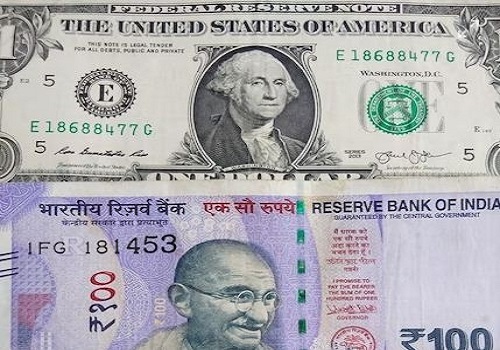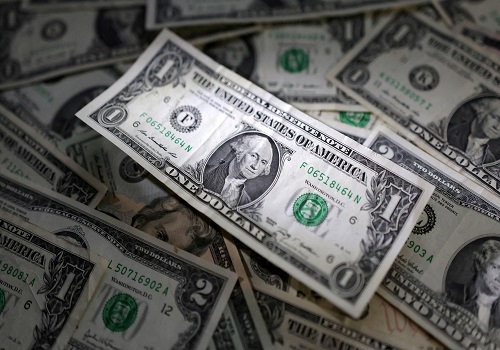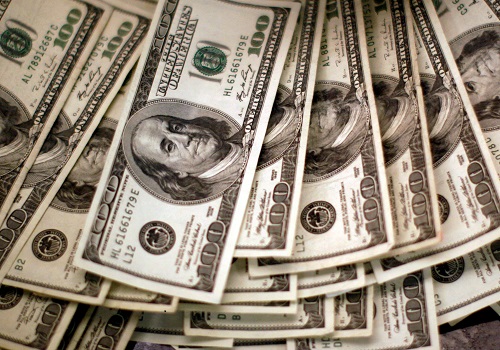Dollar dips, data stays in focus for Fed clues

The dollar index dipped on Thursday but came off of a three-week low as investors waited on new data catalysts for clues on when the U.S. Federal Reserve is likely to begin cutting interest rates.
The greenback has bounced this year as strong growth and sticky inflation lead traders to push back expectations on when the U.S. central bank will begin easing. But after hitting a three-month high last week, the U.S. currency has been largely consolidating.
The dollar is likely to benefit from divergences with other countries as the U.S. economy looks relatively stronger, said Noel Dixon, senior macro strategist at State Street Global Markets in Boston.
However, after the recent strength “there’s clearly some fatigue with some of the dollar bulls,” he said. “For the dollar to break out one way or another we would need to see more data.”
The dollar index was last down 0.03% at 103.95. It fell to 103.43 earlier on Thursday, the lowest since Feb. 2, and is holding below the 104.97 level reached on Feb. 14, which was the highest since Nov. 14.
Personal Consumption Expenditures (PCE) due next week may be the next major release to provide clues for Fed policy.
Minutes from the Fed’s January meeting released on Wednesday showed that the bulk of policymakers were concerned about the risks of cutting interest rates too soon as they seek to bring inflation closer to the 2% annual target.
Fed Vice Chair Philip Jefferson said on Thursday he will be looking across a broad set of economic indicators to convince him it is time to cut interest rates, rather than focusing on a single metric.
U.S. data on Thursday showed that jobless claims unexpectedly fell last week, while U.S. business activity cooled in February, with a measure of prices paid for inputs falling to the lowest level in nearly 3-1/2 years.
Existing home sales also increased 3.1% in January to a seasonally adjusted annual rate of 4.00 million units, the highest level since last August.
The U.S. dollar may also be supported by weakness in other regions, including Canada and Australia, which could lead their central banks to cut rates before the Fed, said Dixon.
Data on Tuesday showed that Canada’s annual inflation rate slowed significantly more than expected in January. Australian unemployment was also surprisingly weak in January, while the jobless rate climbed to a two-year high, data showed last week.
The euro edged up 0.03% to $1.0820 and earlier reached $1.0889, the highest since Feb. 2. The downturn in euro zone business activity eased in February, suggesting signs of recovery, according to a survey on Thursday.
Sterling gained 0.17% to $1.2656 after data from a British business activity survey came in stronger than expected and showed robust growth for services firms. The pound earlier reached $1.2710, also the highest since Feb. 2.
The greenback rose 0.17% to 150.53 yen. It is holding just below a three-month high of 150.88 reached against the Japanese currency on Feb. 13.
Traders will be watching for any signs of intervention by the Bank of Japan and Ministry of Finance if the yen continues to weaken.
Japanese Finance Minister Shunichi Suzuki said on Thursday that the government had "no defence line" for foreign exchange rates, but it was necessary to monitor volatility in the market as the yen has weakened against the dollar in recent days.
In cryptocurrencies, bitcoin increased 0.13% to $51,467.
























